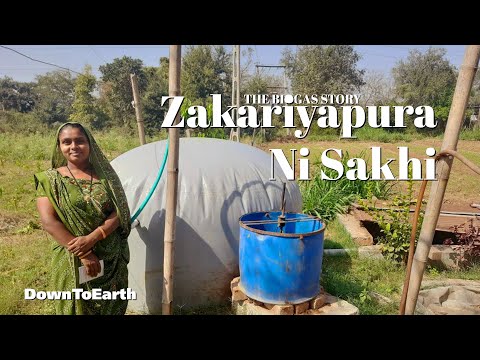A cleaner future: How a remote village in Gujarat is turning bio-waste into energy and empowerment
India is the world’s largest milk producer, with an abundance of dairy animals. This raises the challenge of managing the bio-waste from these animals and how to make it more sustainable. It has dual potential as both a fuel and a fertiliser if treated correctly. Therefore, the National Dairy Development Board (NDDB) chose Zakariyapura village, which was already associated with Amul as a dairy cooperative society, in Anand district.
Why Zakariyapura? Firstly, because it is already an all-women dairy cooperative society. Secondly, because it is in a somewhat remote location in Gujarat, where the women used to rely on firewood for their cooking needs, despite the availability of cattle dung. Providing a cleaner alternative fuel source was an urgent need.
After surveying the households of the village, the NDDB analysed and agreed to grant a 2-cubic-metre biogas plant to every animal-holding household. Those households with 2–3 cows or buffaloes can easily run this biogas plant at full capacity, which will suffice the cooking needs of a family of 5–6 members.
Thus, the methane gas that was previously emitted and damaging the environment is now productively captured and used for the cooking needs of the dairy farmers.
After successfully providing a cleaner alternative cooking fuel, the NDDB then created the first ‘all-women manure cooperative’ for the treatment of the second product, the slurry, used as a fertiliser on agricultural farmlands.
The Zakariyapura Sakhi Khad Sahkari Mandali sells the surplus slurry to NDDB Mrida Limited, a wholly owned subsidiary of NDDB, which further processes the surplus slurry or manure into organic fertilisers for farmers.
Alongside these benefits of biogas, the women of Zakariyapura are also changing the social landscape.
We are a voice to you; you have been a support to us. Together we build journalism that is independent, credible and fearless. You can further help us by making a donation. This will mean a lot for our ability to bring you news, perspectives and analysis from the ground so that we can make change together.












































